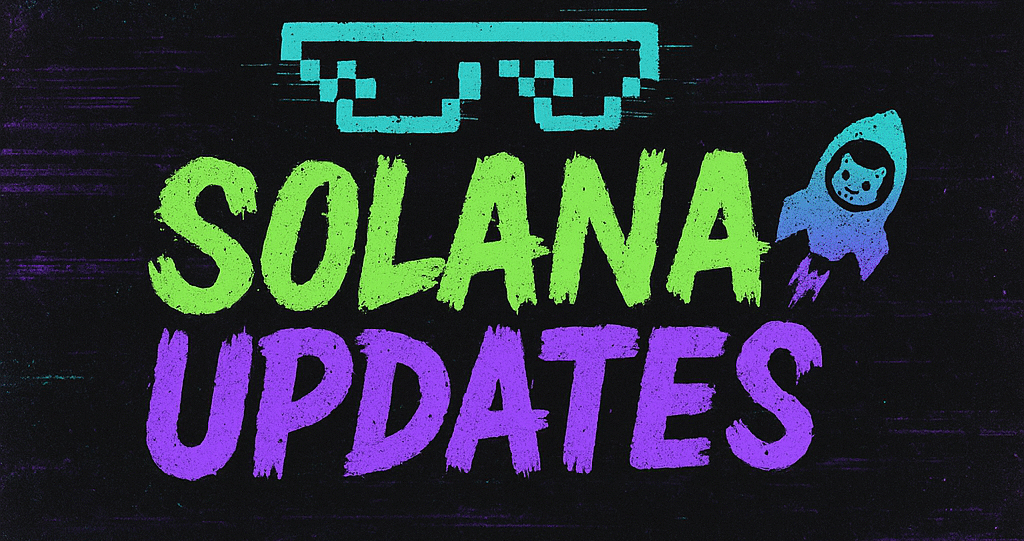In a groundbreaking development for the Bitcoin ecosystem, RGB Protocol has launched a new feature that allows the tokenization of assets on the Bitcoin blockchain, marking a significant advancement in the world of cryptocurrency. Viktor Ihnatiuk, the founder and CEO of Boosty Labs, elucidated in a recent interview with Cointelegraph that Tether’s USDT will serve as RGB’s inaugural real-world use case for stablecoin transfers on Bitcoin.
Traditionally, Bitcoin has been seen as a store of value and a medium of exchange, but its capabilities have been somewhat limited compared to other more versatile blockchains like Ethereum, which supports smart contracts and tokenized assets. However, with the integration of the RGB Protocol, Bitcoin is poised to expand its functionality considerably, potentially altering the landscape of how digital assets are created and managed on its network.
The integration of USDT, a leading stablecoin, into the Bitcoin network through RGB Protocol is not just a technical achievement but also a strategic move. Stablecoins like USDT provide the much-needed stability in the volatile crypto market, pegged as they are to fiat currencies like the US dollar. This stability allows for safer transactions and serves as a bridge for traditional finance to engage more confidently with the crypto world.
The RGB Protocol operates by using a layer on top of Bitcoin, enhancing its capabilities without compromising its core structure. This is akin to adding extensions to a software application, allowing it to perform tasks beyond its original design. Through RGB, users can issue and manage tokenized assets, including NFTs and stablecoins, directly on the Bitcoin blockchain, thus marrying Bitcoin’s robustness with the flexibility of tokenized assets.
Ihnatiuk highlighted that the choice to debut with USDT as the first use case was deliberate, given its widespread adoption and the trust it commands in the crypto community. “This integration is a testament to Bitcoin’s enduring relevance and adaptability,” Ihnatiuk stated. “We are unlocking new potentials for Bitcoin, allowing it to participate in the rapidly evolving decentralized finance (DeFi) space.”
The introduction of tokenized assets on Bitcoin could have far-reaching implications. For one, it could attract a new wave of investors and developers to the Bitcoin ecosystem, drawn by the prospect of utilizing Bitcoin’s security and network effects for innovative financial products. Moreover, it could streamline cross-border payments and remittances, offering a faster and more cost-effective alternative to traditional banking systems.
As the cryptocurrency industry continues to evolve, the RGB Protocol’s contribution to expanding Bitcoin’s functionality is a significant milestone. It not only reinforces Bitcoin’s position as a leader in the crypto space but also opens the door for further innovations that could see Bitcoin becoming a central hub for a wide array of decentralized applications and services.
While the full impact of this development will unfold over time, the immediate buzz it has generated underscores the community’s enthusiasm for advancements that enhance Bitcoin’s utility. With this, Bitcoin is not just a digital gold or a peer-to-peer cash system, but potentially a comprehensive platform for a new era of digital finance.
🛒 Recommended Product: Check out top-rated crypto gear on Amazon


